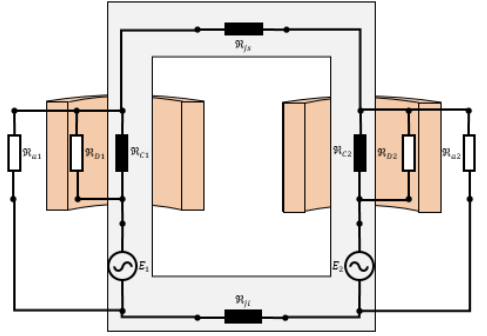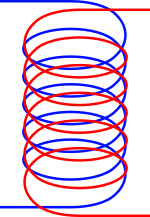I had a follow up question to this: How does a magnetic material "confine" a magnetic field?
In the above question, it asks how the magnetic flux is "confined" by the core. The answer is that the actual H field produced by the primary side is constant regardless of the presence of the core, but the high permeability causes a lot of magnetic flux density to occur in the core (as opposed to outside of the core, where the lower permeability causes less flux density in response to the H field.)
How can you assume (for most transformers) that most of the flux going through the primary also goes through the secondary? Yes, I know that there is some leakage flux, but for the most part, transformers are said to be very good at having most flux thread through both the primary and secondary.
As is the case for most coils (as I understand it,) the H field created by the primary side would be strongest in its centre, and weaker and points further away, so the H field would also be weaker in the centre of the secondary. Since the permeability of the core is constant, the H field is magnified by a constant amount in the primary and in the secondary, the degree by which the H field is stronger in the primary than secondary is the same degree by which the B field is stronger in the primary than secondary.
If that is the case, then how is it said that most of the flux density in the primary is also shared with the secondary?



